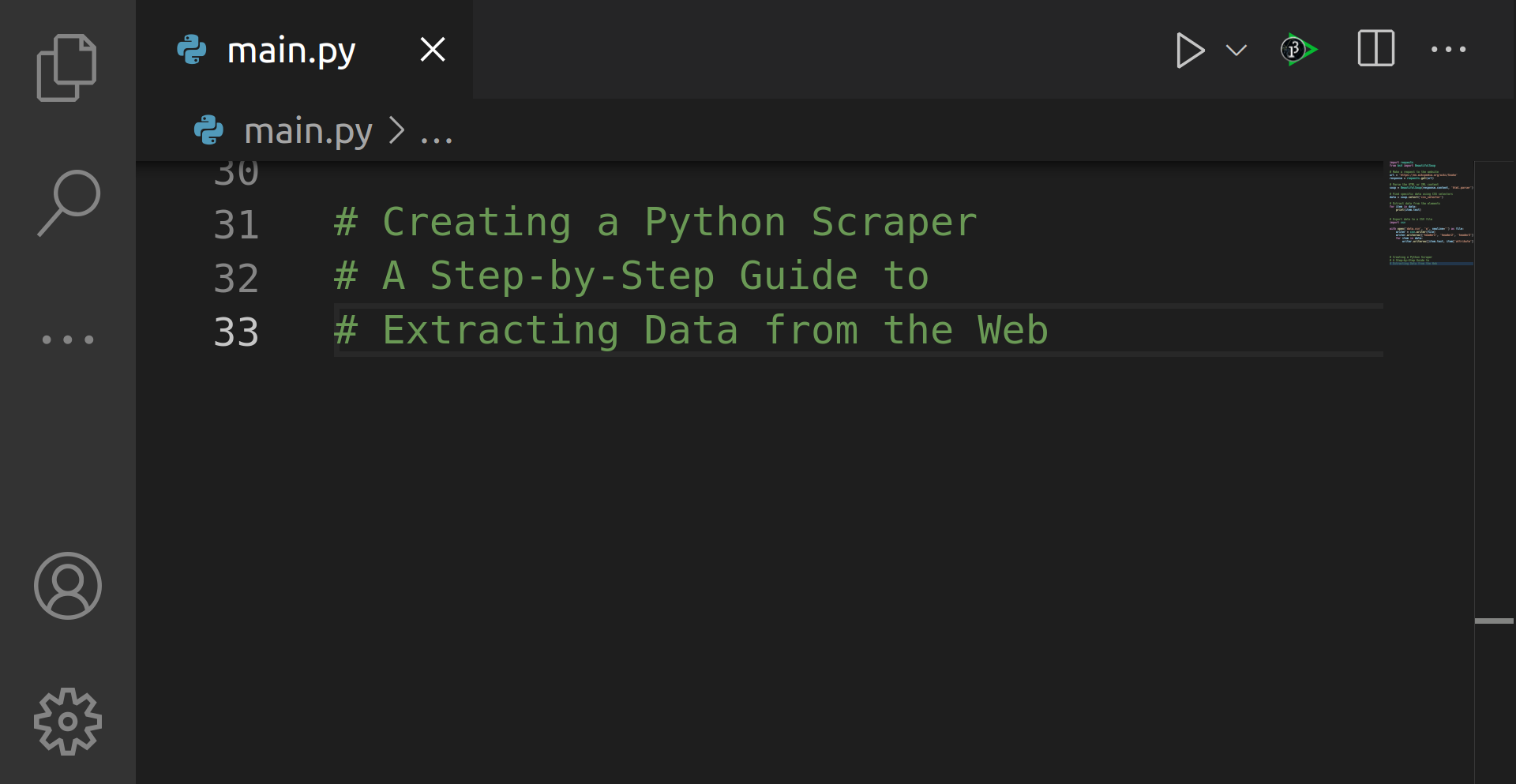Creating a Python Scraper: A Step-by-Step Guide to Extracting Data from the Web

Data scraping, also known as web scraping, is the process of extracting data from websites. It is a powerful tool that allows you to extract data from multiple sources and use it for a variety of purposes.
In this article, we will go through the process of creating a Python scraper, from setting up the necessary tools to scraping data from a website.
System Requirements:
This tutorial is performed on Ubuntu 22.04.
#1 Setup Python Development Environment:

- Start Terminal
- Create a directory to host the app source code
- Create a Python Virtual Environment
#2 Beautiful Soup and Requests

The first step in creating a Python scraper is to set up the necessary tools. This includes installing Python, as well as any necessary libraries such as Beautiful Soup and requests. Once these tools are set up, you can begin by importing the necessary libraries into your script.
#3 “Inspect” or “View Page Source”

Next, you will need to identify the website that you want to scrape data from. Once you have identified the website, you will need to inspect the webpage’s source code to find the specific data that you want to extract. This can be done by right-clicking on the webpage and selecting “Inspect” or “View Page Source.”
#4 Beautiful Soup library to parse the HTML

Once you have identified the specific data that you want to extract, you can use the Beautiful Soup library to parse the HTML or XML of the webpage and extract the data. Beautiful Soup provides a number of useful methods for navigating and searching through documents, allowing you to extract the data you need with minimal effort.
#5 Exporting the Data

After extracting the data, you can then use the requests library to send the data to a specified location, such as a CSV file or a database. It is also a good practice to handle the errors and exceptions that may arise during the scraping process, in order to make sure that the data is accurate and complete.
In conclusion, creating a Python scraper is a powerful way to extract data from the web. By following this guide, you can set up the necessary tools, identify the website that you want to scrape data from, and use the Beautiful Soup and requests libraries to extract and store the data. However, it is important to always follow the terms of service of websites and be mindful of the legal and ethical considerations that come with data scraping.





